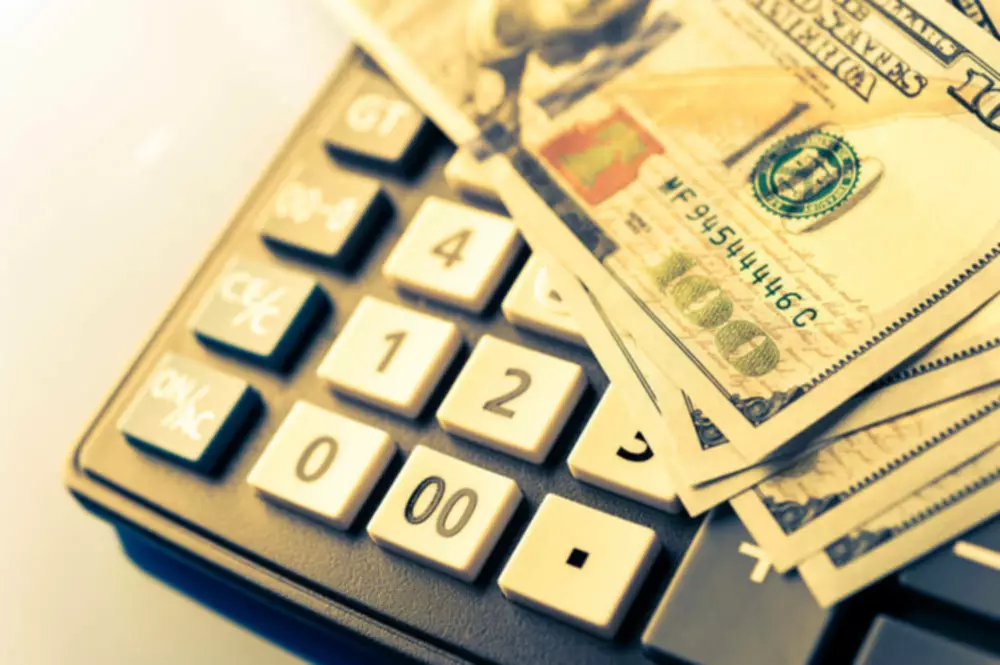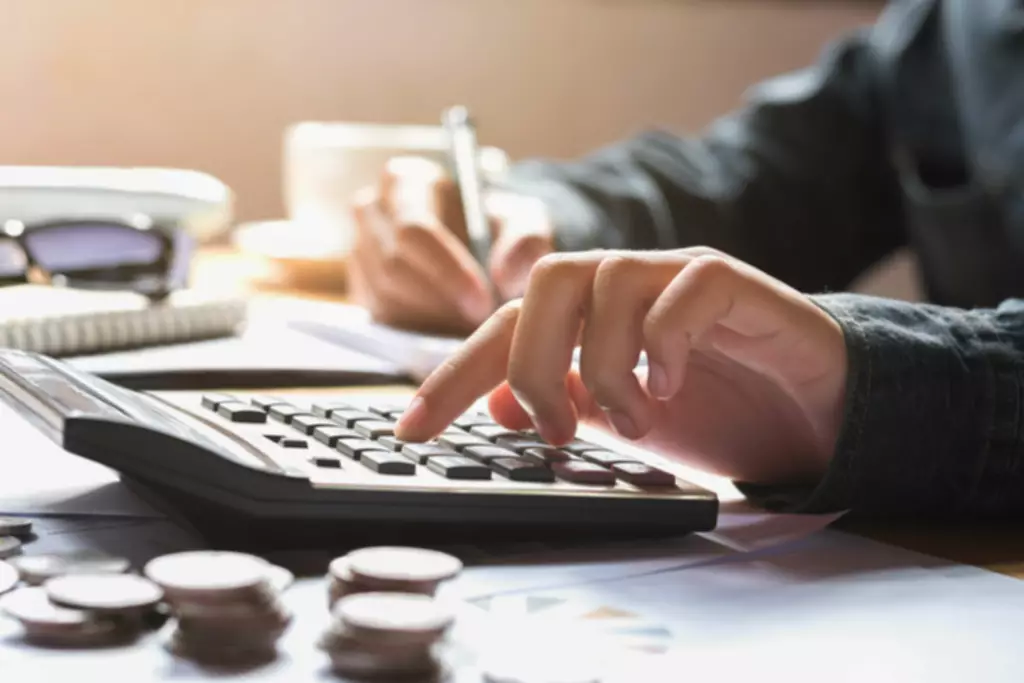Content

Companies can use different depreciation methods for each set of books. Deduct the annual depreciation expense from the beginning period value to calculate the ending period value. Both DDB and ordinary declining depreciation are accelerated methods. The difference is that DDB will use a depreciation rate that is twice that the rate used in standard declining depreciation.

If the asset for which you are calculating depreciation contains an averaging convention, LN adjusts the depreciation expense for the first half year, quarter, or month calculation. Note that the estimated salvage value of $8,000 was not considered in calculating each year’s depreciation expense. In our example, the depreciation expense will continue until the amount in Accumulated Depreciation reaches a credit balance of $92,000 (cost of $100,000 minus $8,000 of salvage value).
You’ll have to do more math, or get an accountant’s help
However, the amount of depreciation expense in any year depends on the number of images. The cost of the truck including taxes, title, license, and delivery is $28,000. Because of the high number of miles you expect to put on the truck, you estimate its useful life at five years. Whether you are using accounting software, a manual general ledger system, or spreadsheet software, the depreciation entry should be entered prior to closing the accounting period. In later years, as maintenance becomes more regular, you’ll be writing off less of the value of the asset—while writing off more in the form of maintenance. So your annual write-offs are more stable over time, which makes income easier to predict. Use this calculator to calculate the accelerated depreciation by Double Declining Balance Method or 200% depreciation.
The book value of $64,000 multiplied by 20% is $12,800 of depreciation expense for Year 3. Let’s assume that FitBuilders, a fictitious construction company, purchased a fixed asset worth $12,500 on January 1, 2022. The company estimates that its useful life will be five years and its salvage double declining balance method value at the end of its useful life would be $1,250. Notice in the second image how switching depreciation methods affects the Accumulated Depreciation account and the book value of the asset. In year 4, our asset has a depreciable cost of $2,160 and 2 remaining years of useful life.
What is the 150% declining balance depreciation?
Next year when you do your calculations, the book value of the ice cream truck will be $18,000. Don’t worry—these formulas are a lot easier to understand with a step-by-step example. For mid quarter convention will have 1.5, 4.5, 7.5 or 10.5 for months in first year for service starting within the 4th, 3rd, 2nd or 1st quarter respectively.

Stop Calculating depreciation in the year after the depreciable cost falls below the salvage value of the vehicle. For the second year of depreciation, you’ll be plugging a book value of $18,000 into the formula, rather than one of $30,000. When the business intends to recognize the expense in the early stage to reduce profitability and thereby defer taxes.
The Struggles of Private Company Accounting
Calculate the depreciation expenses for 2011, 2012 and 2013 using 150 percent declining balance depreciation method. Declining balance is a method of computing depreciation rate for the value of an asset. The declining balance method is also known as reducing balance method or diminishing balance method. It is an accelerated depreciation method that results in larger depreciation amounts during the earlier years of an assets useful life and gradually lower amounts in later years. Let’s assume that a retailer purchases fixtures on January 1 at a cost of $100,000. It is expected that the fixtures will have no salvage value at the end of their useful life of 10 years.
- If the salvage value of an asset is known , the cost of the asset can subtract this value to find the total amount that can be depreciated.
- In the first year, this is just the initial cost of the asset.
- A fully depreciated asset has already expended its full depreciation allowance where only its salvage value remains.
- By choosing to accelerate depreciation and take on a higher expense in the earlier years of your asset’s lifespan, net income is transferred to later years of its use.
- In the following accounting years, the 20% is multiplied times the asset’s book value at the beginning of the accounting year.
Contra AccountContra Account is an opposite entry passed to offset its related original account balances in the ledger. It helps a business retrieve the actual capital amount & amount of decrease in the value, hence representing the account’s net balances. Determine the salvage value of the asset, i.e., the value at which the asset can be sold or disposed of after its useful life is over.
Run a Finance Blog? See How You Can Partner With Us
Your bookkeeping team imports bank statements, categorizes transactions, and prepares financial statements every month. To create a depreciation schedule, plot out the depreciation amount each year for the entire recovery period of an asset. Figure out the straight-line rate of depreciation for the truck. Under IRS rules, vehicles are depreciated over a 5 year recovery period. Most assets are used consistently over their useful life; thus, depreciating them at an accelerated rate does not make sense. DDB is ideal for assets that very rapidly lose their values or quickly become obsolete. This may be true with certain computer equipment, mobile devices, and other high-tech items, which are generally useful earlier on but become less so as newer models are brought to market.
- It is generally more useful than straight-line depreciation for certain assets that have greater ability to produce in the earlier years, but tend to slow down as they age.
- $20,000 minus $2,000 equals $18,000, which would be divided by 10 for a loss of $1,800 each year using the straight-line depreciation method.
- This method is double of declining or reducing balance method and hence, generally also termed as 200% declining balance method.
- For example, if an asset has a useful life of 5 years, the sum of the digits 1 through 5 is equal to 15 (1 + 2 + 3 + 4 + 5).
It is the most commonly used and straightforward depreciation method. This involves reducing the value of plant, property, and equipment to match its use as well as its wear and tear over time. This involves accelerated depreciation and uses the Book Value at the beginning of each period, multiplied by a fixed Depreciation Rate. You can easily compute for this value using this double declining depreciation calculator, or you can compute it manually.
If the beginning book value is equal with the salvage value, don’t apply the DDB rate. Instead, compute the difference between the beginning https://www.bookstime.com/ book value and salvage value to compute the depreciation expense. An asset may still be of use even though it has been fully depreciated.
The beginning book value is the cost of the fixed asset less any depreciation claimed in prior periods. Under the DDB method, we don’t consider the salvage value in computing annual depreciation charges. Instead, we simply keep deducting depreciation until we reach the salvage value. The current year depreciation is the portion of a fixed asset’s cost that we deduct against current year profit and loss. The accounting concept behind depreciation is that an asset produces revenue over an estimated number of years; therefore, the cost of the asset should be deducted over those same estimated years. First, the IRS does not permit the use of double declining balance depreciation for tax purposes, but it does allow MACRS, which is similar to DDB. The best way to explain the double-declining method of depreciation is to look at some simple examples.
The double declining balance depreciation method is a form of accelerated depreciation that doubles the regular depreciation approach. It is frequently used to depreciate fixed assets more heavily in the early years, which allows the company to defer income taxes to later years. The company can calculate double declining balance depreciation after determining the estimated useful life of the fixed asset. Accelerated depreciation is any method of depreciation used for accounting or income tax purposes that allows greater depreciation expenses in the early years of the life of an asset. Accelerated depreciation methods, such as double declining balance , means there will be higher depreciation expenses in the first few years and lower expenses as the asset ages.
What is the formula to calculate depreciation?
To calculate depreciation using the straight-line method, subtract the asset's salvage value (what you expect it to be worth at the end of its useful life) from its cost. The result is the depreciable basis or the amount that can be depreciated. Divide this amount by the number of years in the asset's useful lifespan.
